As we gear up for Friday’s employment report, we wonder if we are in the dying days where the BLS labor report only measures human employees. Might a BLS report in 2030 break down the unemployment rate between laid-off humans and broken-down robots? That may sound crazy, but there has been a big uptick in the number of corporations promising robot employees will constitute a larger percentage of their workforce. MarketWatch writes the following: “Walmart also said it believes that by fiscal 2026, some 65% of stores would be serviced by automation capabilities. By that time, around 55% of “fulfillment center volume” would move through automated facilities. Those moves, the company said, would help lower average unit costs by roughly 20%.”
Therefore, given over half of Walmart’s blue-collar employees will be robots, how will automation affect the labor market? Per a 2017 NBER report titled Robots and Jobs in the Labor Market:
The researchers find large and robust negative effects of robots on employment and wages. They estimate that one more robot per thousand workers reduces the employment-to-population ratio by between 0.18 and 0.34 percentage points, and is associated with a wage decline of between 0.25 and 0.5 percent.
While the prospects of more robots may sound scary, it may not be as bad as you think. Yes, robots will displace workers and possibly limit wage growth. However, technology breakthroughs and productivity gains will expand economic growth and employment opportunities. To this end, the graph below shows the employment-to-population ratio of prime-age workers is as high as its been since 2000 despite robots infiltrating the workforce.

What To Watch Today
Economy
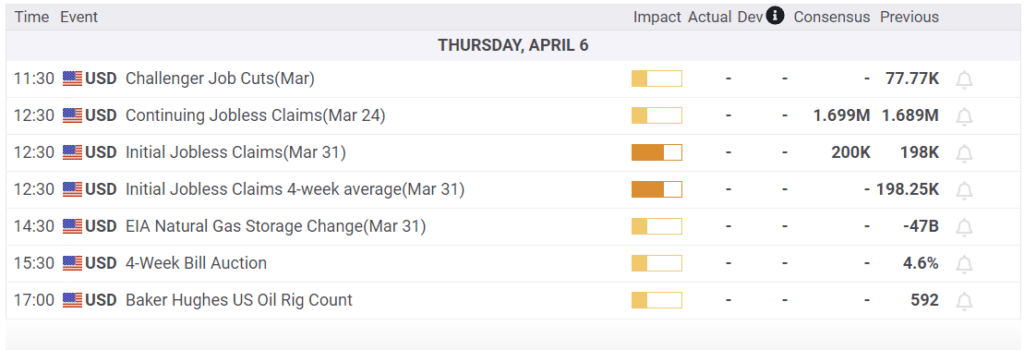
Earnings

Market Trading Update
Yesterday, a weaker ADP employment and ISM Services report weighed on the market after the opening. However, as I noted yesterday, the market weakness this past week was unsurprising, given the large runup the week before. The correction process continues to hold important support, and today is the week’s last trading day. Therefore, if the market can hold firm, a bit more consolidation action next week would be a good setup for the continuation of the rally into the month.
The big driver over the next three weeks will be the earnings which will begin in earnest next week, starting with the banks. This will be the first look since the Silicon Valley Bank and Credit Suisse crisis and should give us some clues to further risks if there are any. The rotation yesterday into the more beaten-up healthcare and utilities sectors was a welcome sign as the most overbought sectors of technology, communications, and discretionary sectors finally took a breather.
The market remains in a very orderly rotation and corrective process. The next week should give us a much better clue as to the markets next direction.
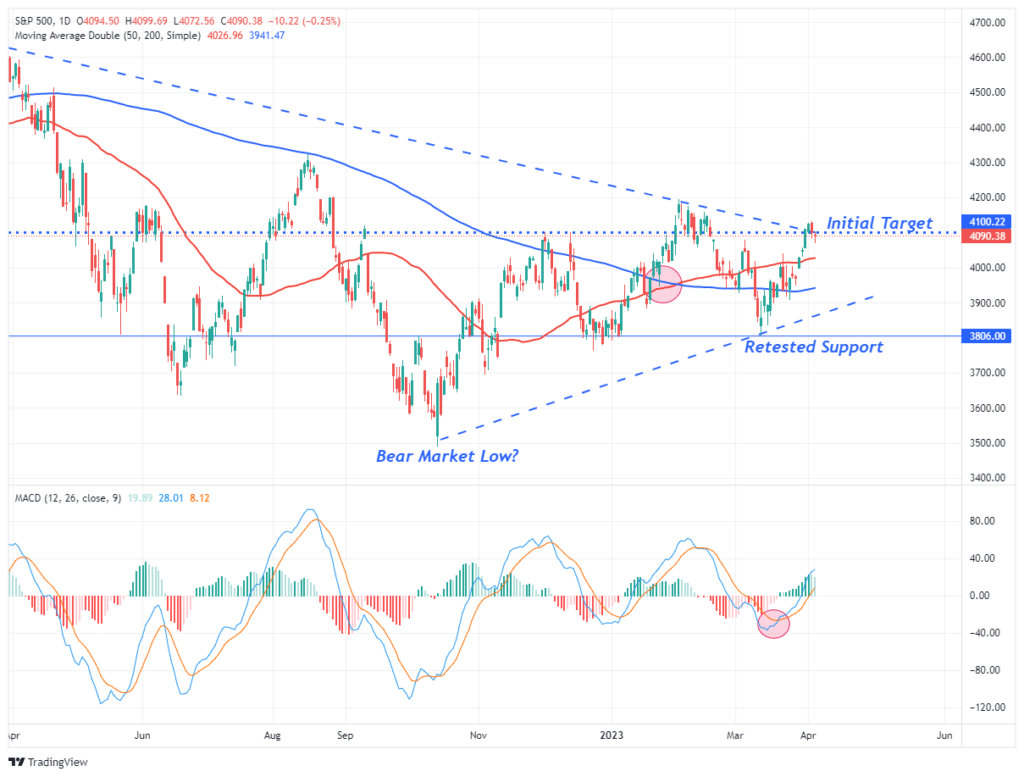

Employment Report Preview
Yesterday’s Commentary stated: “The number of job openings plunged in February from 10.5 million to 9.9 million. January’s number was revised lower by about 300k jobs as well.” On Wednesday, ADP reported 145k jobs were added in March. While still a good number, it was below the 210k expectation and the second-lowest print in a year. Once again, leisure and hospitality jobs led the way, adding 98k jobs.
Since January, ADP reports a gain of 443k jobs while the BLS is nearly 3x the rate at 1.23 million jobs. Before the last year or two, the two indicators were closely correlated. Is the BLS due for a catch-down in the coming months?
To help answer the question, we share the graph below. The graph compares two leading indicators of the labor market, overtime hours and temp help service payrolls to employment. The graph shows that the two leading indicators tend to lead employment by 2-4 months. Both are now falling at a negative rate, while jobs are still growing. While the data we share argues that the labor market may struggle, there remains a shortfall of employees to fill open jobs.
As we wrote in Janet Yellen Should Focus on HOPE:
Employment is often the last economic indicator to falter. Companies will often take other cost-cutting actions before laying employees off. Not only is firing employees expensive, but it can be very disruptive and worrying for the remaining employees. Before companies’ fire employees, we often see them reduce the average work week and wages. Thus far, there are few signs this is occurring. Quite often, unemployment doesn’t increase until a recession has already begun.
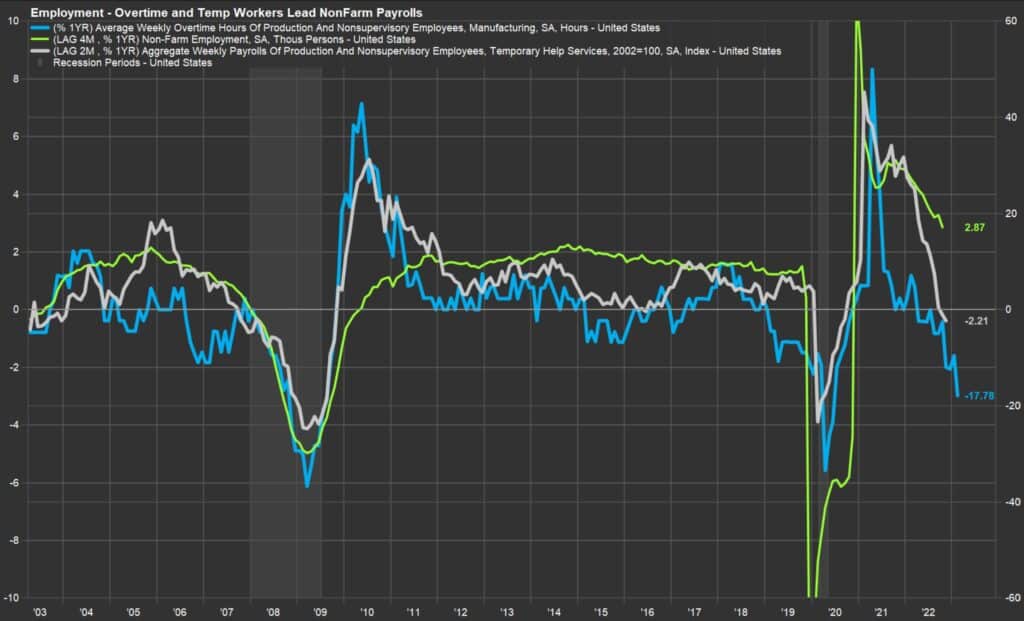
Market Breadth
The latest stock market rally is sponsored almost entirely by large mega-cap growth companies. As shown, almost 90% of the S&P 500 trading volume 500 was in the 20 largest companies since March. Typically, they garner half or less of the volume. The second graph comes from our most recent Newsletter. Recent gains are almost entirely coming from a handful of stocks. If this rally is to continue, we would like to see the market’s breadth improve.
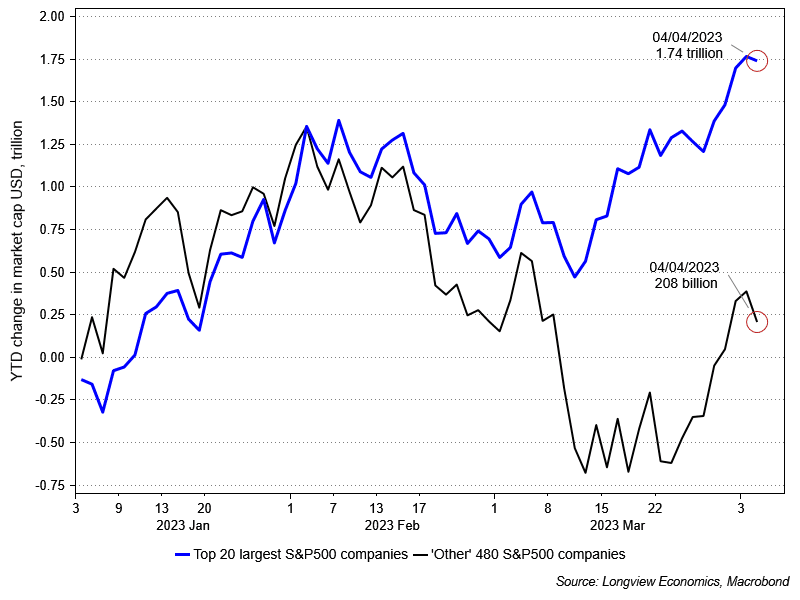
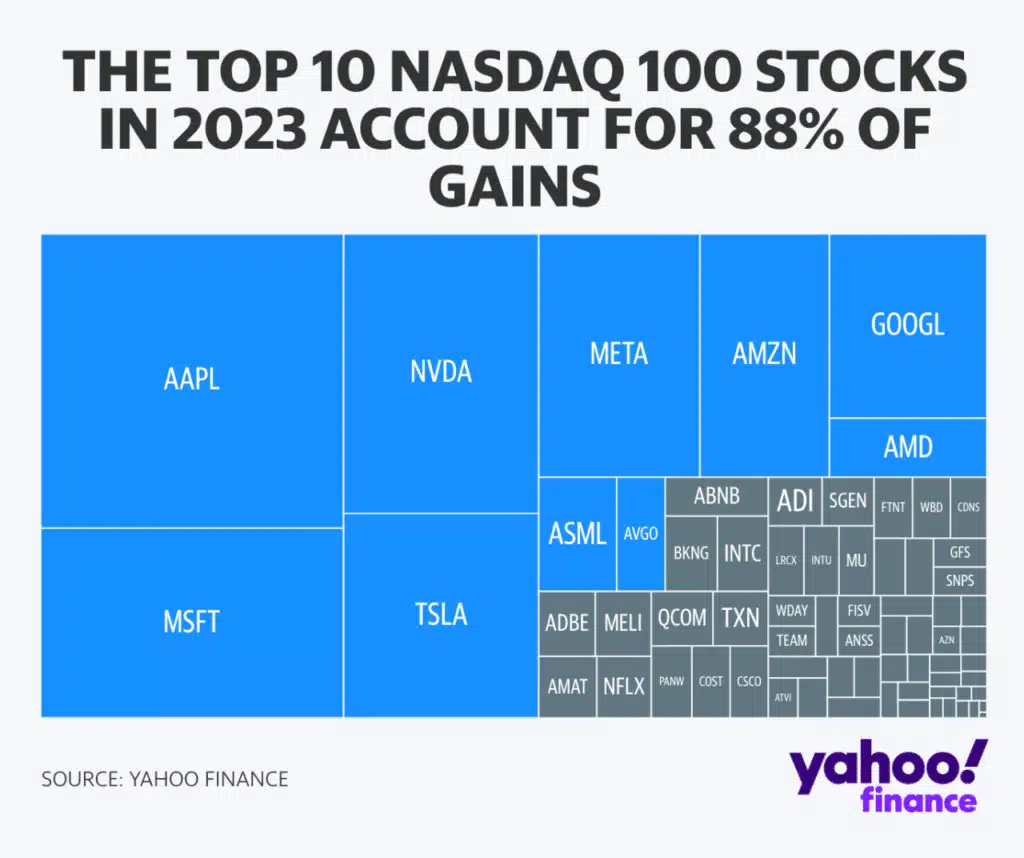
Gambler’s Fallacy – Behavioral Traits Part III
As emotionally driven human beings, we tend to put tremendous weight on previous events believing that future outcomes will somehow be the same. The bias is clearly addressed at the bottom of every piece of financial literature.
“Past performance is no guarantee of future results.”
However, despite that statement being everywhere in the financial universe, individuals consistently dismiss the warning and focus on past returns expecting similar results in the future. Performance chasing has a high propensity to fail continually, causing investors to jump from one late-cycle strategy to the next.
Recently we have seen investors rapidly changing between sectors or types of stocks. As we note earlier, the big mega-cap stocks are the place to be now. There is value in closely tracking what is in and is not in vogue. That said, to overcome gambler’s fallacy, we must keep our longer-term economic and market perspectives in mind so we don’t end up with a bad hand.
Tweet of the Day

Please subscribe to the daily commentary to receive these updates every morning before the opening bell.
If you found this blog useful, please send it to someone else, share it on social media, or contact us to set up a meeting.


